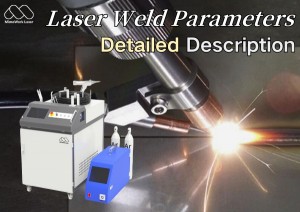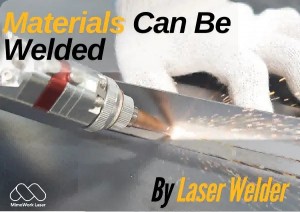Introduction
What is CNC Welding?
CNC (Computer Numerical Control) Welding is an advanced manufacturing technique that uses pre-programmed software to automate welding operations.
By integrating robotic arms, servo-driven positioning systems, and real-time feedback controls, it achieves micron-level accuracy and repeatability.
Its core strengths include adaptability to complex geometries, rapid prototyping, and seamless integration with CAD/CAM systems.
Widely used in automotive, aerospace, electronics, and heavy machinery industries.
Advantages
Precision & Repeatability:Programmable welding paths with ≤±0.05mm accuracy, ideal for intricate designs and high-tolerance components.
Multi-Axis Flexibility: Supports 5-axis or 6-axis motion systems, enabling welding on curved surfaces and hard-to-reach areas.
Automated Efficiency: 24/7 operation with minimal downtime, reducing cycle times by 40%-60% compared to manual welding.
Material Versatility: Compatible with metals (aluminum, titanium), composites, and high-reflectivity alloys through adaptive parameter control.
Cost-Effective Scaling: Reduces labor dependency and rework rates (defects <1%), lowering long-term operational costs.
Real-Time Monitoring: Integrated sensors and AI-driven analytics detect deviations (e.g., heat distortion) and auto-adjust parameters.
Want To Know More About Laser Welding?
Start a Conversation Now!
FAQs
CNC welding machines, also termed Computer Numerical Control welding machines, have revolutionized welding via automation, precision, and efficiency.
Utilizing computer programming and advanced robotic mechanisms, these machines deliver exceptional accuracy and consistency.
The process begins with CAD/CAM software to design the weld, which is then translated into machine-readable instructions.
The CNC machine executes these instructions with precision, controlling the welding torch's movements and power output, ensuring high efficiency and repeatability.
In CNC machining, pre-programmed computer software commands the movement of industrial tools and machinery.
This technology can manage a variety of complex equipment, including grinders, lathes, milling machines, and CNC routers.
CNC machining enables the completion of three-dimensional cutting tasks with a single set of instructions.
Applications
Automotive Manufacturing
Body-in-White: CNC welding of car frames and door panels using CAD-guided paths for consistent weld seams.
Powertrain Systems: Precision welding of transmission gears and turbocharger housings with 0.1mm repeatability.
EV Battery Packs: Laser CNC welding of aluminum battery enclosures to ensure leak-proof performance.
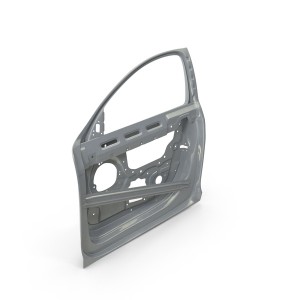
Car Door Frame
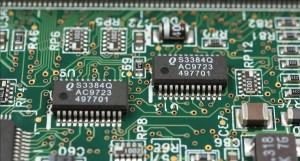
PCB Component
Electronics Manufacturing
Micro-Welding: Ultra-fine soldering of PCB components with 10µm precision.
Sensor Encapsulation: Hermetic sealing of MEMS devices using pulsed TIG welding controlled by CNC programs.
Consumer Electronics: Joining smartphone hinges and camera modules with minimal thermal stress.
Aerospace Industry
Aircraft Wing Spars: Multi-pass CNC welding of titanium alloy spars to meet FAA fatigue resistance standards.
Rocket Nozzles: Automated orbital welding of Inconel nozzles for uniform heat distribution.
Component Repair: CNC-guided repair of turbine blades with controlled heat input to prevent micro-cracking.

Turbocharger Housing
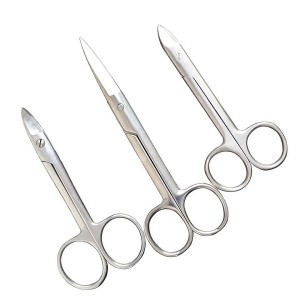
Bent Welding Scissor
Medical Device Manufacturing
Surgical Tools: Laser CNC welding of stainless-steel instruments with 0.02mm joint precision.
Implants: Biocompatible welding of cobalt-chromium stents using inert gas shielding for corrosion resistance.
Diagnostic Machines: Seamless assembly of MRI coil housings with zero particulate contamination.
Power & Energy Systems
Transformer Coils: CNC resistance welding of copper windings for optimal electrical conductivity.
Solar Panel Frames: Robotic MIG welding of aluminum frames with 99% seam consistency.
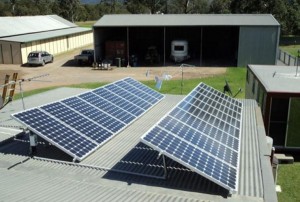
Solar Panel Frame
Related Videos
Laser Welding Vs TIG Welding
The debate over MIG versus TIG welding is common, but Laser Welding versus TIG Welding is now a trending topic.
This video offers fresh insights into this comparison. It covers various aspects like pre-welding cleaning, shielding gas costs for both methods, the welding process, and weld strength.
Despite being a newer technology, laser welding is easier to learn. With proper wattage, laser welding can achieve results comparable to TIG welding.
When technique and power settings are correct, welding stainless steel or aluminum becomes straightforward.
Recommend Machines
Post time: Apr-22-2025


